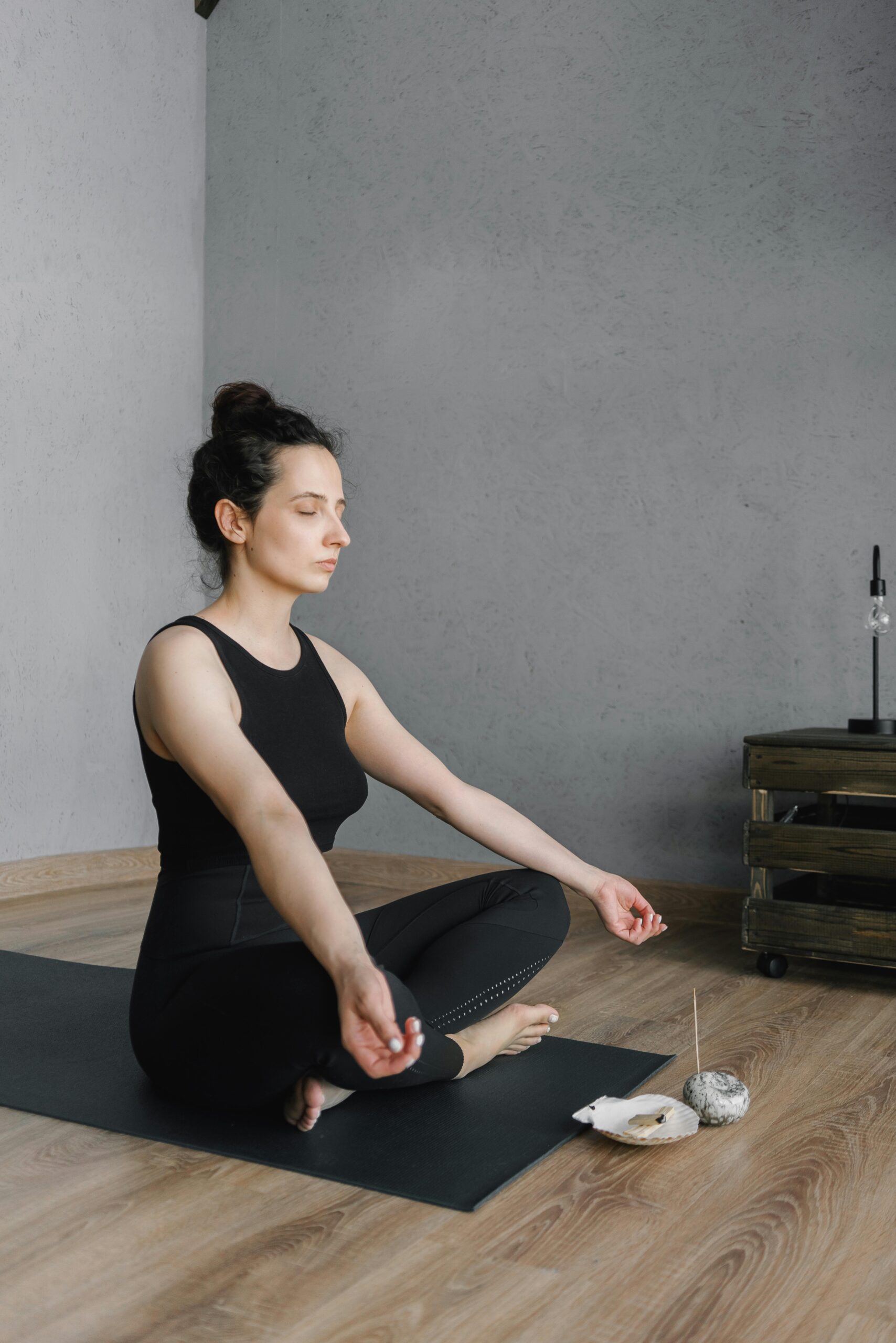The Science Behind Building Healthy Routines: Why Most People Fail (And How You Can Succeed)
Did you know that people with established healthy routines are 42% more likely to report higher life satisfaction? Yet, 68% of us struggle to maintain consistent habits for more than a month! I’ve been there too—cycling through productivity systems and wellness routines that start with enthusiasm but fizzle out by week three. The truth is, creating healthy routines isn’t about willpower—it’s about smart design that works with your biology, not against it.
In our hyper-connected world, where demands on our attention multiply daily, understanding the science behind successful routine building has never been more important. This post dives into the fascinating research that explains why most people struggle and how you can set yourself up for success!
The Neuroscience of Routine Formation
The human brain loves patterns. Neuroscience research reveals that approximately 40-45% of our daily activities are habitual, performed with minimal conscious thought. This neurological preference for routines serves an evolutionary purpose—it conserves mental energy for novel challenges and decision-making. When we establish healthy routines, we’re essentially programming our default settings to support our wellbeing automatically.
However, the standard advice to “just stick with it for 21 days” might actually be misleading. Contemporary research from University College London found that habit formation typically takes between 18 to 254 days, with an average of 66 days to reach automaticity. This wide range explains why one-size-fits-all approaches to routine building often fail. Your personal neurological wiring, existing habits, and the complexity of the new behavior all influence how quickly a routine becomes second nature.
Working With Your Chronobiology, Not Against It
Understanding your chronotype—your natural biological clock—plays a crucial role in sustainable routine development. Early birds (morning chronotypes) may thrive with dawn meditation sessions, while night owls might find evening workouts more sustainable. Working with rather than against your body’s natural rhythms dramatically increases your chances of maintaining healthy routines long-term.
Recent research in chronobiology suggests that forcing yourself to adopt routines that conflict with your natural biological tendencies creates unnecessary struggle. Instead, designing your day around your energy peaks—whether they occur in the morning, afternoon, or evening—allows you to leverage your biology rather than fight it. The key is designing systems that honor your unique biological reality while still moving you toward your goals.
The Psychology of Habit Stacking and Minimal Viable Routines
Our brains form stronger neural pathways when we connect new behaviors to existing habits. This concept, called “habit stacking,” increases success rates by attaching new routines to firmly established ones. For example, if you already brush your teeth every morning (established habit), adding a two-minute stretching routine immediately after (new habit) leverages the existing neural pathway.
When life inevitably disrupts your routines, having a “minimal viable routine” preserves consistency without overwhelming you. This shortened version maintains the psychological commitment while accommodating temporary constraints. For instance, your normal 45-minute morning routine might become a 10-minute version during busy periods, preserving the ritual’s mental benefits without the full time investment.
Understanding the science behind routine formation reveals why willpower-based approaches typically fail while design-based approaches succeed. By working with your brain’s natural tendencies, honoring your chronobiology, and using strategies like habit stacking, you create systems that feel supportive rather than restrictive.
In our next post, we’ll explore practical time management strategies that form the foundation for successful routine building. Until then, take a moment to observe your natural energy patterns throughout the day. When do you naturally feel most focused? Most creative? Most physically energetic? These observations will become valuable building blocks for designing routines that last.
Have you tried building new routines before? What worked or didn’t work for you? Share your experiences in the comments!




